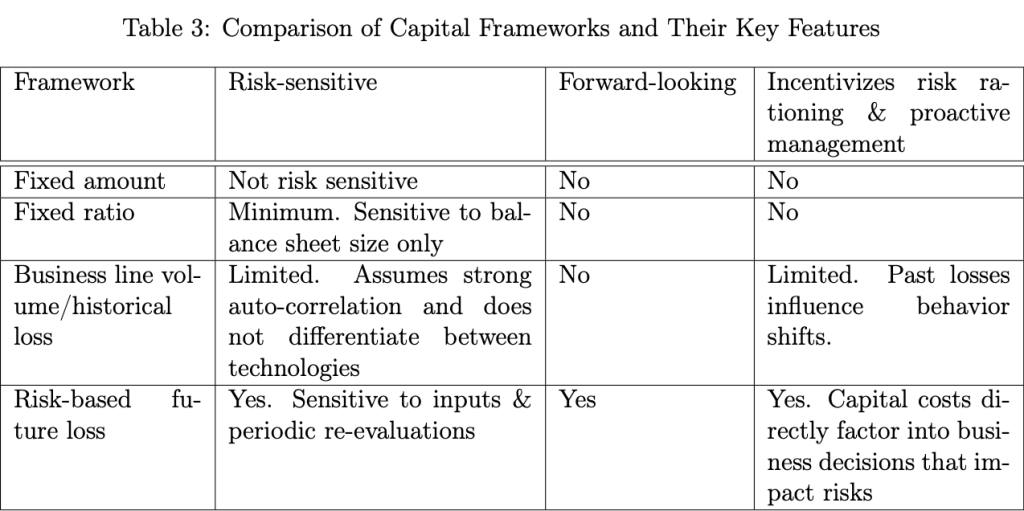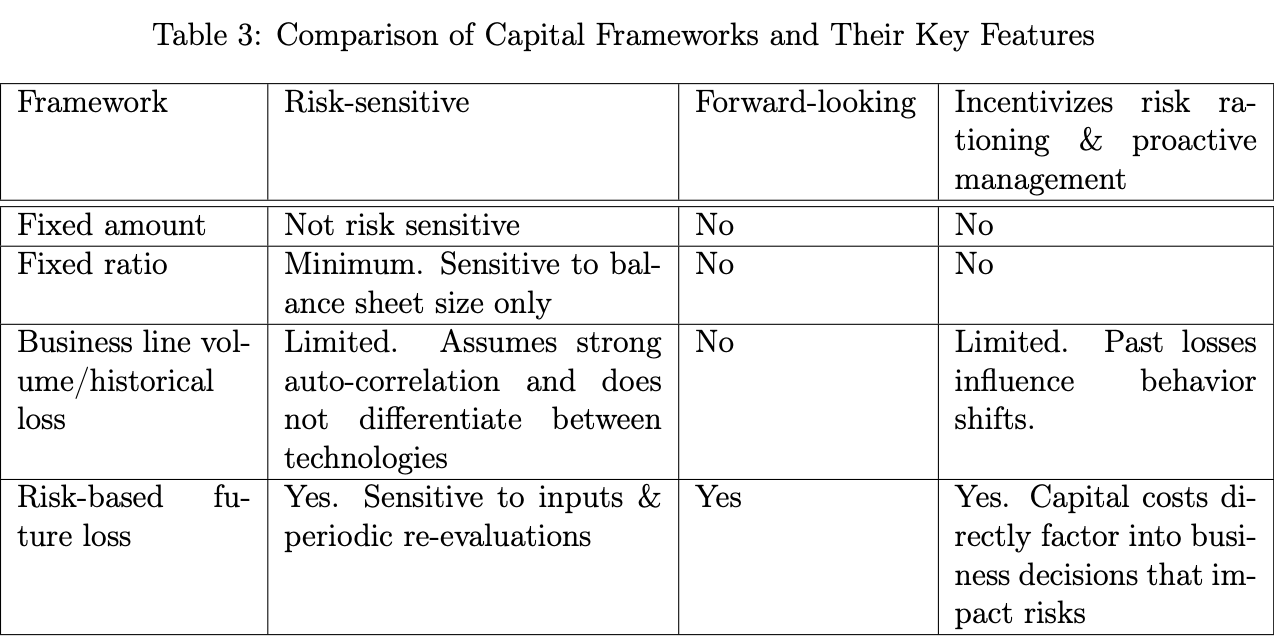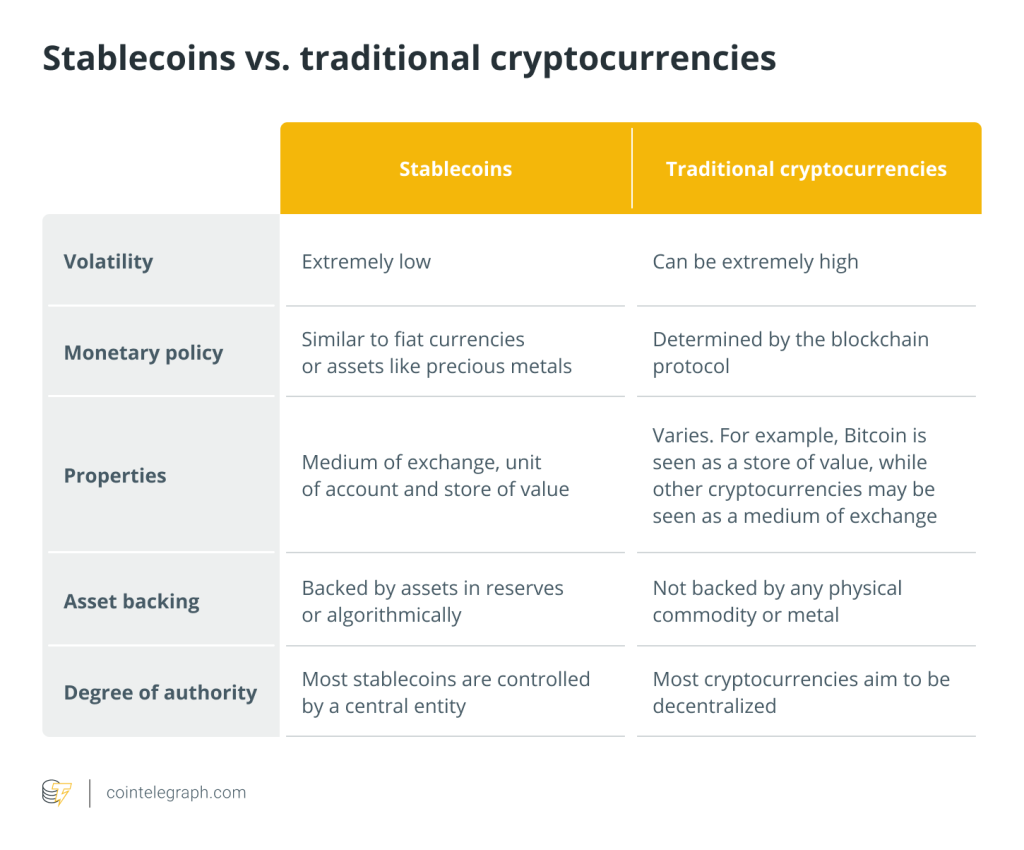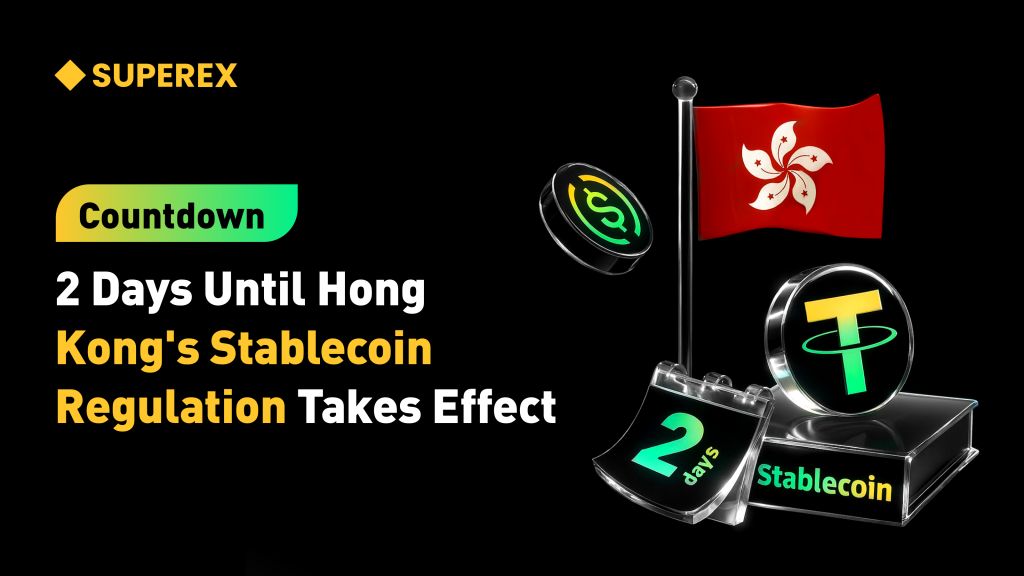Circle proposes new capital-risk framework for Stablecoins

In July 2024, Circle became the first stablecoin issuer to comply with the European Union’s Markets in Crypto Assets regulatory framework.

Circle, the issuer of the Circle-United States dollar (USDC) stablecoin, recently published a whitepaper, titled Risk-based Capital for Stable Value Tokens, proposing a new risk-based capital management model for stablecoins and other digital cash tokens.
The authors of the paper argue that stablecoins need adequate capital reserve requirements that go beyond the current capital standards established under the Basel banking regulatory frameworks to mitigate risks unique to stablecoins, other fiat-equivalent tokens, and the issuers of the tokens.
According to the authors, these unique risks include but are not limited to, shortfalls in the price of the tokens due to market trading and the prevalence of secondary markets, ensuing “runs” on the digital tokens due to excessive selling, operational risks, and technological risks.
The Token Capital Adequacy Framework
These unique challenges set stablecoin issuers and the digital assets they issue apart from traditional banks. The solution to this, the authors of the paper argue, is adopting what they call the Token Capital Adequacy Framework (TCAF).
Circle’s paper explained that current banking regulations use fixed-ratio risk standards and risk weightings that do not necessarily reflect the true level of risk. The authors cited long-term Treasury Bonds, which have a high degree of interest rate risk yet carry a weighted risk of 0 inside the current banking standards.

Related: USDC to embrace tap-and-go payments after Apple opens up NFC
TCAF remedies this by adopting a dynamic risk-sensitive model that begins with stress-testing reserves and taking input from stakeholders. Technological risks, such as blockchain network performance and cybersecurity, are also taken into account under the TCAF model.
The paper also noted that the dynamic approach of TCAF may result in more intensive or less intensive capital requirements than the current banking standards, which would change depending on the risk environment.
The Five goals of the framework
Circle’s newly proposed model has five goals in mind. First, the model seeks to differentiate emerging “going” risk factors from “gone” risks that have been successfully mitigated or no longer pose a threat.
The model also seeks to be supplementary in helping supervisors to adequately address operational risks, yet be as “simple as possible”, avoiding the bloated and costly risk management departments that characterize the traditional banking sector.
TCAF’s fourth major goal is to provide a standard for risk management that works across jurisdictions and institutions. Last, but certainly not least, the model seeks to provide incentives and accountability to mitigate negative risk externalities.






Responses